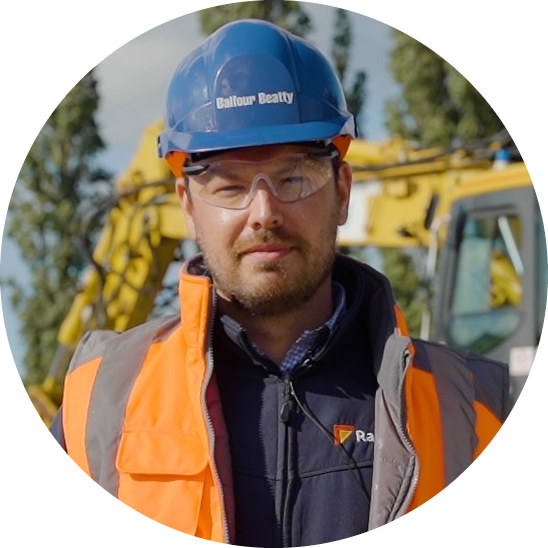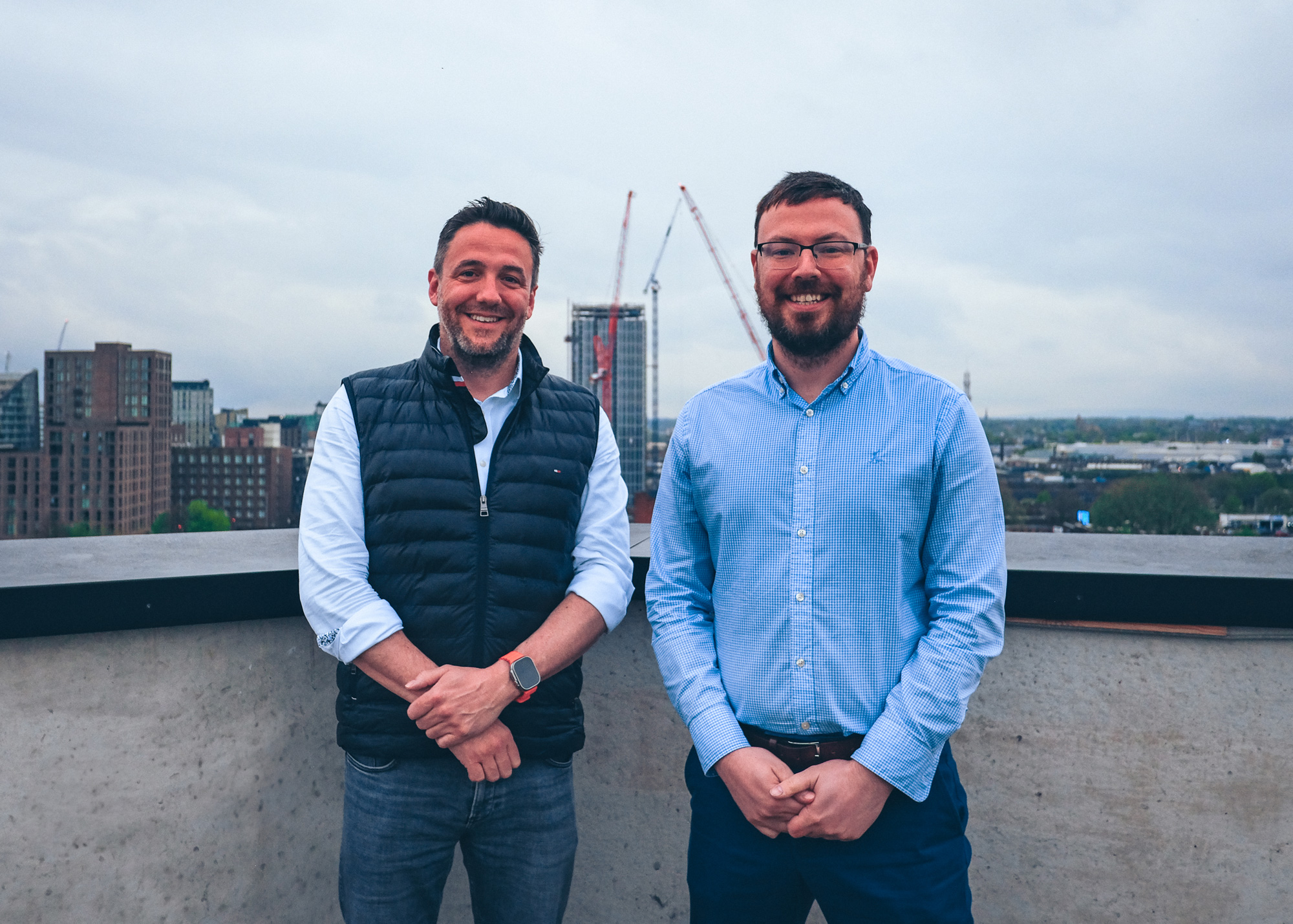Photo documentation plays a crucial role in construction projects by providing a visual record of progress and key milestones. It enhances project transparency, ensures accountability, and facilitates effective communication among stakeholders. In this article, we will explore the importance of photo documentation in construction and discuss best practices for capturing project progress.
Key Takeaways
Photo documentation enhances project transparency and accountability.
Consistent photo documentation schedules help in tracking project progress effectively.
Organising and storing photos properly is essential for easy access and reference.
Utilising photo documentation aids in identifying defects early and documenting project milestones.
Choosing the right tools for photo documentation is crucial for quality control and project management.
Importance of Photo Documentation in Construction
Enhancing Project Transparency
In the realm of construction, transparency is paramount. Photo documentation serves as a visual diary, offering stakeholders a clear and unambiguous view of the project's progression. By capturing every phase of construction, from groundbreaking to the final touches, photo documentation ensures that all parties have a consistent and accurate understanding of the project's status.
Transparency not only builds trust but also fosters a collaborative environment where clients, contractors, and team members are all on the same page. This openness can lead to more effective decision-making and a stronger partnership throughout the construction process.
Regular updates with current photos
Clear labelling of images with dates and descriptions
Easy access for all stakeholders
Effective photo documentation can significantly reduce misunderstandings and disputes, as it provides a factual basis for discussions. It's a tool that brings clarity to complex projects and helps maintain a shared vision among all involved.
Ensuring Accountability
In the realm of construction, accountability is paramount. Photo documentation serves as an irrefutable record of decisions made and actions taken throughout the lifecycle of a project. It provides a visual timeline that can be referenced to resolve disputes, confirm compliance with regulations, and verify the work completed against contractual obligations.
Photo documentation also plays a critical role in internal and external audits. By maintaining a clear and organised photographic record, stakeholders can easily:
Review the quality of workmanship
Monitor adherence to safety protocols
Validate material usage and project expenditures
Ensuring that every phase of construction is well-documented promotes a culture of accountability among all parties involved. This practice not only safeguards the interests of clients and contractors but also enhances the overall integrity of the construction industry.
Facilitating Communication
In the dynamic environment of a construction site, effective communication is the cornerstone of operational success. Photo documentation serves as a universal language, transcending barriers and providing a clear visual narrative of the project's progress. By sharing images among stakeholders, clarity is enhanced, and misunderstandings are minimised.
Photo documentation can streamline the decision-making process by offering real-time updates that are easily accessible to all parties involved. This visual tool allows for:
Quick dissemination of current site conditions
Efficient collaboration between architects, engineers, and contractors
Immediate feedback and approvals on work completed
Effective photo documentation ensures that everyone on the project is on the same page, which is crucial for maintaining project momentum and meeting deadlines.
By integrating photo documentation into regular communications, teams can maintain a high level of engagement and foster a culture of transparency and trust. This practice not only supports the day-to-day operations but also serves as a valuable archive for future reference, training, or dispute resolution.
Best Practices for Capturing Project Progress
Choosing the Right Tools
Selecting the appropriate tools for photo documentation is a cornerstone of effective construction management. The right camera equipment and software can make a significant difference in the quality and usability of the photos taken. It's essential to choose devices that are durable and can withstand the harsh conditions often found on construction sites.
Durability isn't the only factor to consider; functionality is equally important. Look for features that will help streamline the documentation process, such as high-resolution images, adequate zoom capabilities, and easy file transfer. Additionally, software solutions like Siteview can enhance the photo documentation experience by offering features like Shift Planner, Shift Records, Reporting, and more. These tools not only help in capturing the visual progress of a project but also assist in managing the workflow more efficiently.
Capture geolocation data to pinpoint the exact location of a photo.
Visualise site issues with clarity to address them promptly.
Improve project performance by leveraging real-time data for better decision-making.
Embracing technology in photo documentation not only saves time but also provides a level of detail that manual methods cannot match.
Establishing a Consistent Schedule
In the dynamic environment of a construction site, establishing a consistent schedule for photo documentation is crucial. It ensures that progress is captured systematically, providing a reliable timeline of the project's evolution. A regular schedule not only helps in maintaining a chronological record but also aids in streamlining the workflow for project managers and stakeholders.
Determine the frequency of photo captures based on project milestones and critical phases.
Set specific days and times for taking photos to maintain consistency.
Assign responsibility to team members to ensure adherence to the schedule.
By adhering to a predetermined schedule, teams can better manage their time and resources, leading to more efficient project execution.
A consistent schedule aligns with the use of a construction reporting platform, which can offer features like shift planning and reporting. Such tools can automate progress tracking, thereby enhancing the overall efficiency of the project. This approach not only facilitates better project management but also contributes to improved cost management and collaborative decision-making.
Organising and Storing Photos Effectively
In the realm of construction, the organisation and storage of photographic documentation are as crucial as the images themselves. Effective photo management ensures that every snapshot serves its purpose as a reliable record and tool for analysis. To achieve this, one must adopt a systematic approach.
Consistency is key when organising photos. Establish a naming convention that includes the date, location, and subject of the photo. This will make retrieval straightforward and prevent any confusion. Additionally, consider the following steps:
Categorise photos by project phase or specific areas of the construction site.
Use tags or keywords to make searching for specific images easier.
Implement a version control system to track changes over time.
Storing photos in a centralised location is essential for team access and collaboration. Cloud-based solutions offer the flexibility and scalability needed for growing project archives.
Remember, the goal is to create a photo documentation system that is both intuitive and comprehensive. By doing so, you not only safeguard the project's history but also enhance the overall project management process. Tools like Gather, formerly known as Raildiary, can automate site data capture and streamline the organisation of photos, leading to improved productivity and the avoidance of costly errors.
Utilising Photo Documentation for Quality Control
Identifying Defects and Issues Early
The proactive identification of defects and issues is a cornerstone of effective construction management. Early detection can significantly mitigate risks, reduce costs, and prevent delays. By incorporating regular photo documentation into the workflow, project teams can swiftly pinpoint and address potential problems before they escalate.
Photo documentation serves as a visual timeline, offering clear evidence of the project's status at any given moment. This practice enables teams to:
Compare current work against project specifications
Monitor the quality of materials and workmanship
Recognise deviations from the planned process
Embracing this approach not only safeguards the project's integrity but also instills a culture of continuous improvement and attention to detail.
To further enhance the effectiveness of photo documentation, consider leveraging online platforms that offer resources for construction project management. These platforms often feature tools such as shift planners, reporting functions, and fatigue management systems, which can complement your photo documentation efforts. Remember to schedule a demo or sign in to explore these features and integrate them into your project management toolkit.
Tracking Changes and Improvements
In the dynamic environment of a construction project, tracking changes and improvements is crucial for maintaining the integrity of the original design while accommodating necessary modifications. Photo documentation serves as a visual timeline, capturing the evolution of the project from groundbreaking to completion.
Site Diaries are an integral component of this process, offering a chronological account of the day-to-day developments on site. These records complement photographic evidence and provide context to the visual data, enhancing the overall understanding of the project's progression.
Regularly update photo logs to reflect current conditions
Compare sequential images to assess the rate of project development
Use annotated photos to highlight specific changes or improvements
By systematically documenting the construction process, stakeholders can ensure that all modifications are made transparently and with full accountability. This practice not only safeguards the project's quality but also serves as a valuable reference for future endeavors.
Documenting Milestones and Achievements
In the lifecycle of a construction project, documenting milestones and achievements is crucial for demonstrating progress and value. It serves as a tangible record of the project's evolution, from groundbreaking ceremonies to the completion of major structural components.
Photo documentation of these significant events provides a visual narrative that is invaluable for stakeholders. It not only celebrates successes but also offers a medium for reflection and learning for future projects.
Capture the moment a foundation is laid
Photograph the topping out of a structure
Record the final touches before a project handover
Ensuring that these pivotal moments are well-documented can boost team morale and provide a sense of accomplishment. It also acts as a platform for construction compliance, showcasing adherence to project specifications and regulatory requirements.
Effective photo documentation of milestones and achievements can save costs by reducing the need for retrospective site visits and eliminating excessive paperwork. It's a practice trusted by industry leaders to maintain a high standard of quality and efficiency throughout the construction process.
Conclusion
In conclusion, photo documentation plays a crucial role in capturing and documenting project progress in the construction industry. By utilising photos to track milestones, identify issues, and communicate effectively with stakeholders, construction professionals can ensure transparency, accountability, and efficiency throughout the project lifecycle. As technology continues to advance, incorporating photo documentation tools and practices will become even more essential for successful project management. Embracing the power of visual documentation can lead to improved decision-making, enhanced collaboration, and ultimately, the successful completion of construction projects.
Frequently Asked Questions
Why is photo documentation important in construction projects?
Photo documentation is important in construction projects as it enhances project transparency, ensures accountability, and facilitates communication among all stakeholders.
What are the best practices for capturing project progress through photos?
The best practices include choosing the right tools for photography, establishing a consistent schedule for capturing photos, and organising and storing photos effectively for easy access and reference.
How can photo documentation help in quality control processes?
Photo documentation aids in quality control by identifying defects and issues early, tracking changes and improvements throughout the project, and documenting important milestones and achievements.
What tools can be used for capturing photos in construction projects?
Common tools include digital cameras, smartphones, drones, and specialised construction documentation software designed for photo management.
Is it necessary to have a dedicated person for photo documentation on construction sites?
Having a dedicated person for photo documentation can significantly improve the quality and consistency of the documentation process, but it may not always be necessary depending on the size and complexity of the project.
How should photos be organised and stored to ensure easy access and retrieval?
Photos should be organised in a logical manner, tagged with relevant information such as date and location, and stored in a secure and easily accessible digital repository to ensure efficient access and retrieval when needed.

.png)



